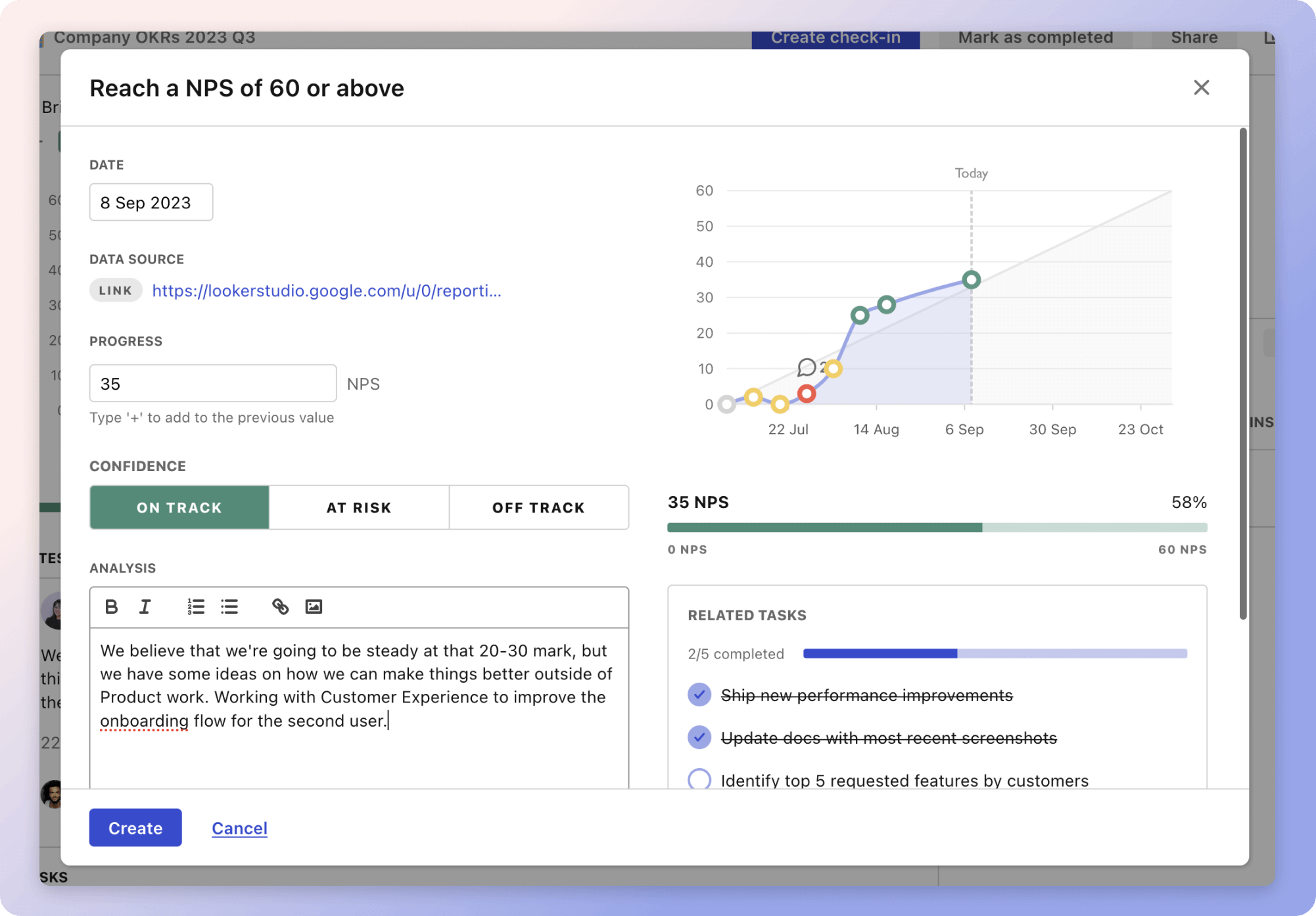The objective focuses on integrating automation into business units, emphasizing several key metrics that measure its effectiveness. These metrics help identify areas where automation can streamline operations, saving time and reducing costs. For instance, by analyzing the Process Automation Rate, businesses can gauge progress toward their automation goals and adjust strategies for optimal efficiency.
Improving Time Saved Through Automation ensures businesses prioritize automating the most time-consuming tasks, thereby enhancing productivity. Meanwhile, tracking the Cost Reduction Due to Automation reveals how automation leads to financial savings by reducing manual labor and errors. Additionally, reducing errors in processes is crucial, as it improves accuracy and lowers the risk of costly mistakes, which is covered by the Error Reduction Rate metric.
Finally, assessing Employee Satisfaction with Automation measures how well employees adapt to new tools, which is critical for successful integration and long-term adoption. Ensuring high satisfaction can facilitate smoother transitions and maximize the benefits of automation initiatives.
Top 5 metrics for Automation in Business Units
1. Process Automation Rate
Percentage of business processes currently automated compared to the total processes possible
What good looks like for this metric: 20-30%
How to improve this metric:- Conduct a thorough process audit
- Identify repetitive manual tasks
- Leverage robotic process automation tools
- Invest in staff training for technology adoption
- Establish clear automation goals
2. Time Saved Through Automation
Amount of time saved as a result of implementing automation in business processes
What good looks like for this metric: 10-50% time reduction
How to improve this metric:- Analyse current process time expenditures
- Prioritise automation of most time-consuming tasks
- Collaborate with departments to streamline processes
- Continuously measure time savings
- Optimise processes post-automation
3. Cost Reduction Due to Automation
Financial savings accrued from reducing manual labour and errors via automation
What good looks like for this metric: 15-30% cost reduction
How to improve this metric:- Assess cost structures before automation
- Focus on high-cost processes for automation
- Use cost-effective automation solutions
- Regularly evaluate cost savings
- Scale successful automation projects
4. Error Reduction Rate
Decrease in errors in business processes as a result of automation
What good looks like for this metric: 30-70% reduction in errors
How to improve this metric:- Identify error-prone processes
- Use high-accuracy automation technologies
- Implement continuous error monitoring systems
- Train employees on new automated systems
- Review error rates regularly to refine processes
5. Employee Satisfaction with Automation
Degree to which employees are satisfied with the automation tools and their impact on work
What good looks like for this metric: 70-85% satisfaction rate
How to improve this metric:- Conduct employee satisfaction surveys
- Provide comprehensive training sessions
- Encourage employee feedback on automation tools
- Create a support system for employees
- Highlight benefits of automation to employees
How to track Automation in Business Units metrics
It's one thing to have a plan, it's another to stick to it. We hope that the examples above will help you get started with your own strategy, but we also know that it's easy to get lost in the day-to-day effort.
That's why we built Tability: to help you track your progress, keep your team aligned, and make sure you're always moving in the right direction.

Give it a try and see how it can help you bring accountability to your metrics.